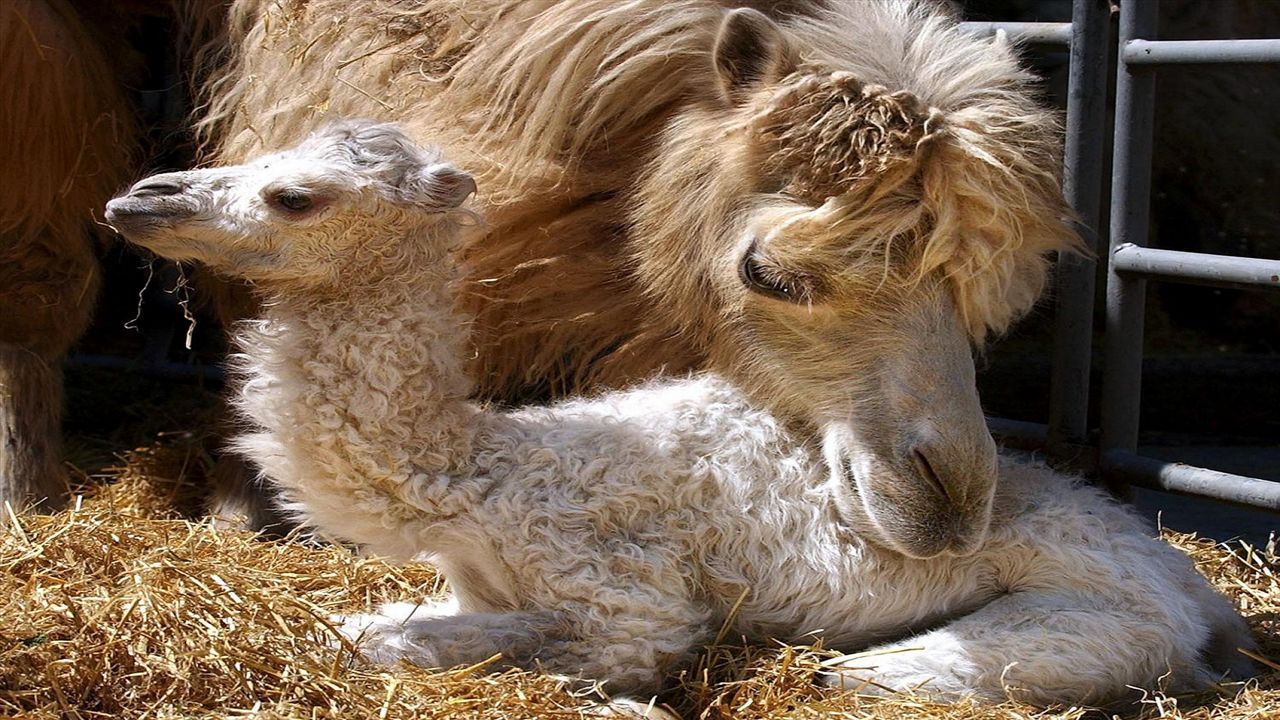MILWAUKEE, Wisc. — The Milwaukee County Zoo recently announced the birth of a male Bactrian camel. The calf was born Tuesday morning to parents Addie-Jean, also known as A.J., and Stan.
Zoo officials reported the calf is doing well and animal care staff said he appears to be very strong. He was up and moving shortly after his birth, which took place in the outdoor camel habitat at approximately 10 a.m. He was observed nursing from his mother throughout the day.
The calf is the third offspring of nine-year-old A.J. and eight-year-old Stan, all of which are male. Jethro was born in 2019 and George was born in 2017. Both Jethro and George have since transferred to other zoological organizations.
The new calf underwent a neo-natal exam Wednesday, and he weighed 94 pounds. This marks A.J.’s largest calf in weight. He is slightly smaller than the last male born to the zoo’s other female and A.J.’s mother, Sanchi. It’s considered a healthy weight for a newborn camel.
If the calf, who will be named soon, continues to do well, and progress as he should, visitors can see him in the outdoor camel yard with A.J. and Sanchi. In the case of inclement weather, the calf will be off exhibit in the indoor camel barn.
Camel Facts
Bactrian camels may grow up to seven feet tall and weigh 1,800 pounds. They have long, wooly coats that range in color from dark brown to beige. Bactrians also have manes and beards of long hair on their necks and throats. They can be distinguished from other species of camels by their two humps—other species only have one.
Bactrian camels are native to central Asia. They migrate with flocks through harsh conditions; including, sparse vegetation, limited water sources, and extreme temperatures. They have several adaptations that allow them to survive in these harsh conditions. For one, their humps allow them to travel long distances without food or water. It is a common misconception that the humps store water; however, they actually store fat, which can be used as energy when nutrients aren’t available. Another adaptation is their two rows of long eyelashes that block their eyes from sand and dust.
Bactrian camels are omnivores, but mostly feed on vegetation. They have extremely tough mouths that allow them to eat almost any type of vegetation, even those with thorns.
Wild Bactrian camels are listed as critically endangered by the IUCN. Their population is expected to decrease by 80 percent in the next three generations because of hunting and predation.



